Namibia through the lens
Embark on a breathtaking road trip through southern Namibia. Discover charming towns, fascinating museums, and stunning landscapes.

South Africa Northern Cape
Day 1 Departing Cape Town, we headed for our 1st overnight stop at Clanwilliam Hills self catering accommodation unit. Peaceful, good for the soul




Day 2. Continuing to our next overnight stop, we took a long gravel road trip from Clanwilliam to the town of Nieuwoudtville. The Caltex Protea Garage was our destination for visiting the motorcycle museum. The collection at the museum is composed of 150 motorbikes, with more stored elsewhere. The owner has been accumulating for 50 years.




Back on the road through Vanrhynsdorp up the N7 to our next stop Vioolsdrift Lodge. The lodge is situated 500m from the border post. We had a pleasant stay with comfortable accommodation and hospitable owners. A highly recommended place to stay overnight before heading to Namibia





Namibia
Day 3. Clearing customs, we continued our journey taking in the vast expanse of Namibia. The landscape constantly changing with each km we took. Off the main tar road and onto the gravel roads we began our journey towards our first stop. Taking a moment to get out of the car to absorb the atmosphere of heat and silence.








Upon arriving at Hobas Rest Camp, which is the entrance to the Ais Ais Fish River Canyon viewing points. It is recommended to verify their website for the current prices, as only cash is accepted at the gate. The rest camp has camping / chalet accommodation, a restaurant with pool and a small store with some basic necessities.




Fish River Canyon and Hikers Point were the 2 viewing spots we visited. Seeing the canyon for the first time was a wonderful experience. The vastness, heat, depth and silence were only broken by the sounds of the birds, giving the feeling of being one with mother earth. We were fortunate to have the one viewing location to ourselves for a period.

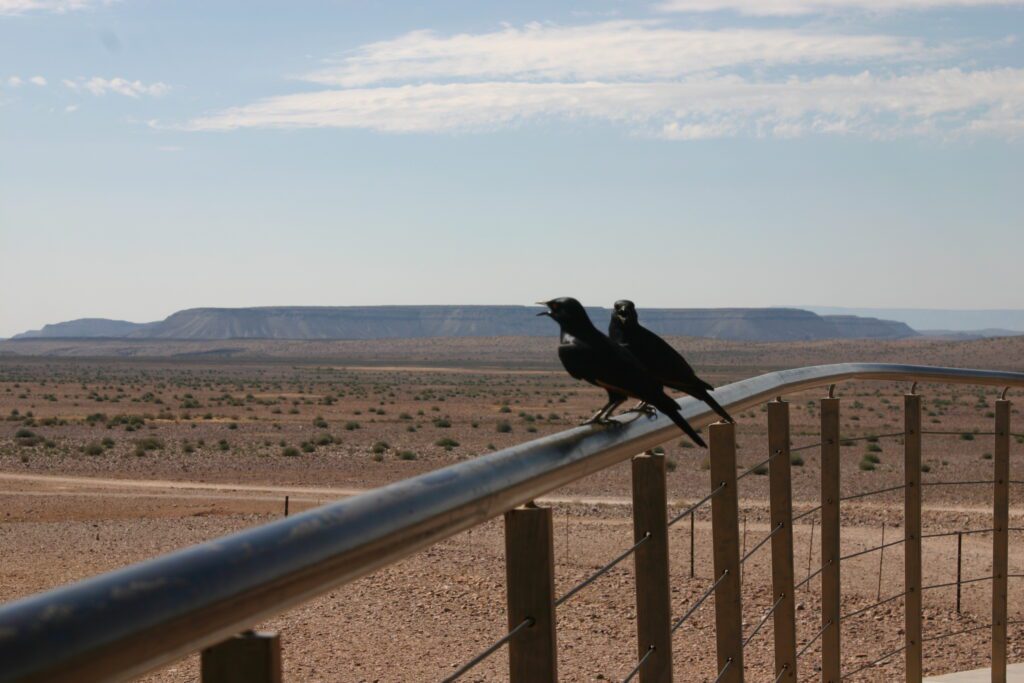



The Canyon Roadhouse was our next stop. The establishment includes room accommodation, camp site, restaurant with bar, swimming pool, fuel station and information center. The grounds have a unique collection of vintage Chevy’s and Fords adorned with corky quiver trees and desert flora. A snapshot of an era that has passed away













Back on the road to our next overnight visit. The Seeheim Hotel was a surprise. Following the sign posts off the main road, not observing any buildings until there tucked away in a small valley a welcome oasis after a long journey.







The history of Seeheim dates back to 1896 when it was constructed out of local rock to house the German Colonial Forces. The house was converted into a hotel in the 1920’s. During the 40’s and 50’s Seeheim was more prominent and of greater importance than Keetmanshoop. Seeheim had a railway station, several churches, shops, a school, 3 hotels and thriving residential area. In the late 50’s, the town gradually fell into decline. The school was closed, and residents began to leave. In 1974 the B2 (Main Road was redirected, and the hotel closed down. Zirkie Cloppers has acquired the property and is bringing it back to life.










Day 4. After breakfast, we headed west to the coast and the town of Luderitz. 10km before the town of Aus, we stopped to visit the war cemetery. This cemetery was established in the early 1900’s during the First World War. The graves comprised of German Military members and POW’s

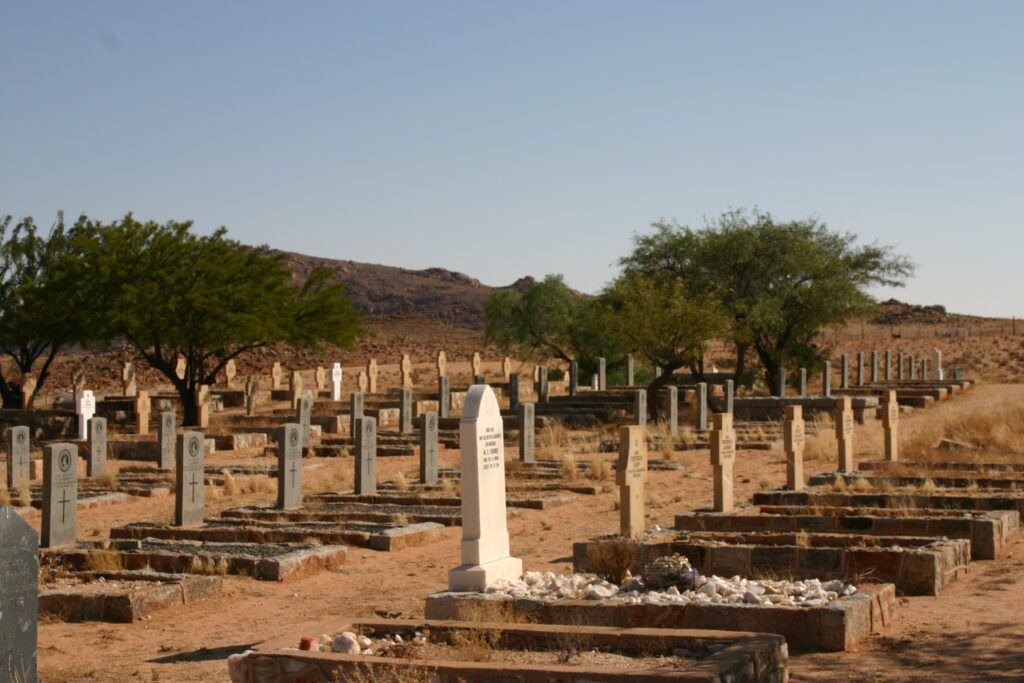


After Aus, the Garub Feral Horse viewpoint overlooking a watering hole is located. Not only did we observe the horses but an ostrich, gemsbok and jackal. The horses are descendants of the Kubub Stud Farm breeding horses. This farm was established in the early 20th Century approximately 35km from the view site. The farm was abandoned during abandoned during World War 1, leaving the horses to follow the grazing, eventually arriving at Garub. This is where they found a constant supply of borehole water, made available for the steam trains at the time. Over the years the desert conditions have kept the herd numbers below 200. Keeping the gene pool strong to survive these desert conditions.




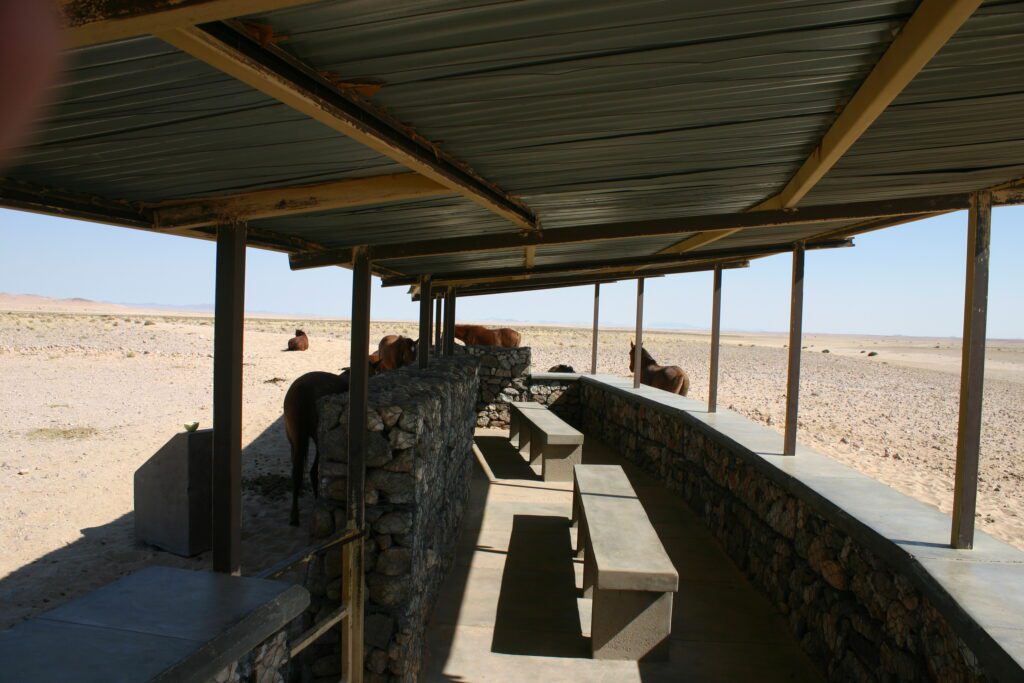


The railway line runs parallel to the main road and comes to a point where the sand dune has engulfed the track for a section before reemerging. We observed graders parked on the side of the road. Their job is to keep the roads free of sand.



We stopped briefly at the abandoned diamond mining town of Kolmanskop, before arriving in Luderitz. A welcome relief from the desert heat we felt the cool breeze coming off the Atlantic Ocean. The town was abuzz with the Annual Crayfish Festival in full swing. Eventually we found our accommodation, unpacked and set off to explore the town, We visited the local museum before heading to the Nest Hotel for much needed cold wine and food.




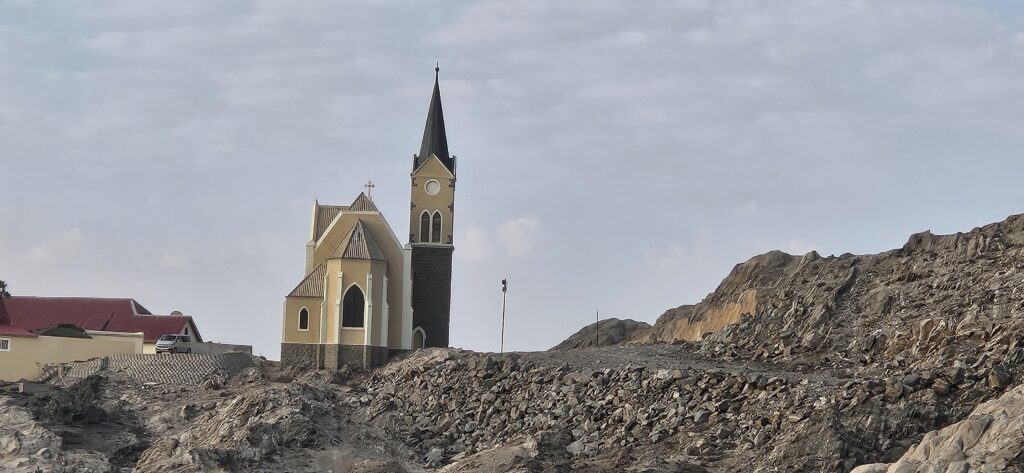

Day 5. We spent the day exploring the Luderitz Peninsula. Following the map and signposts, we visited the sights of the region. Of interest is Diaz Point and lighthouse, where Bartholomew Diaz erected the Padrao (cross) in 1488. In this area is a restaurant and camp site. We ended our day back in Luderitz with dinner of fish and cold white wine.
























Day 6. We departed from Luderitz and headed back east before turning south at the town of Aus, our destination Sendlingsdrift border crossing. Passing through the mining town of Rosh Phina we encountered the gravel road. Driving through the mountains, the Orange River appeared in the distance. A sliver of green cutting through the vast emptiness of shades of earth. Once we had cleared customs, we proceeded to the river to wait for the pontoon. I knew I was back in South Africa because my phone started pinging. The pontoon crossing enters directly into the Sendlingsdrift Rest Camp Richtersveld Transfronteir Park. After completing our customs check in we picked up the keys to our chalet for the next 2 nights. The chalet was comfortable, and the a/c unit had been switched on which was a welcome from the heat. At the rest camp is a collection of rusted cars and botanical garden.















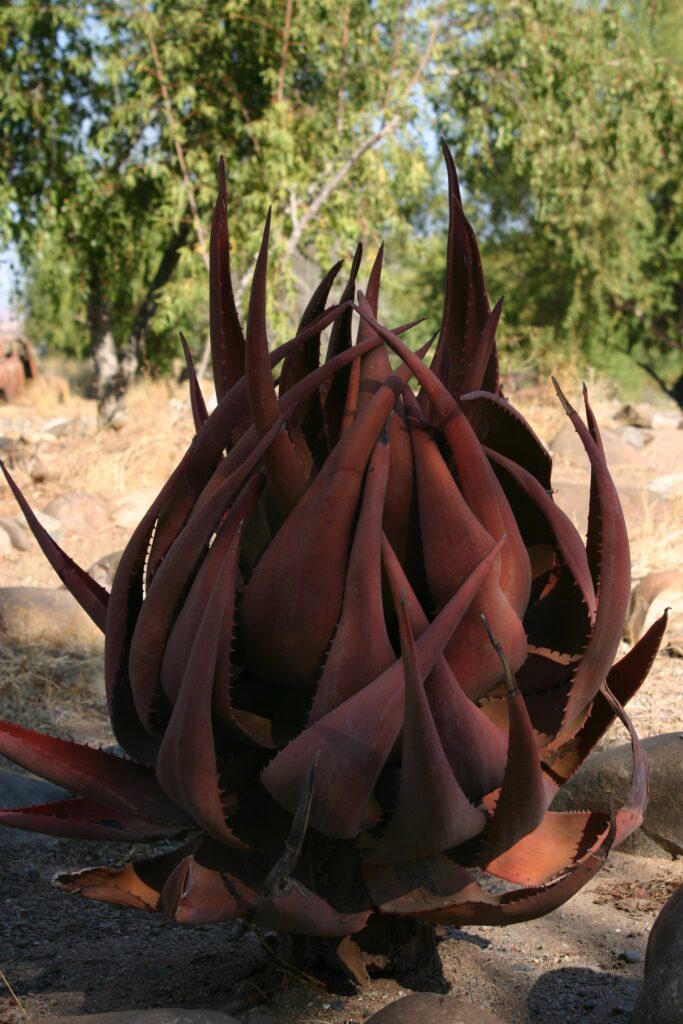
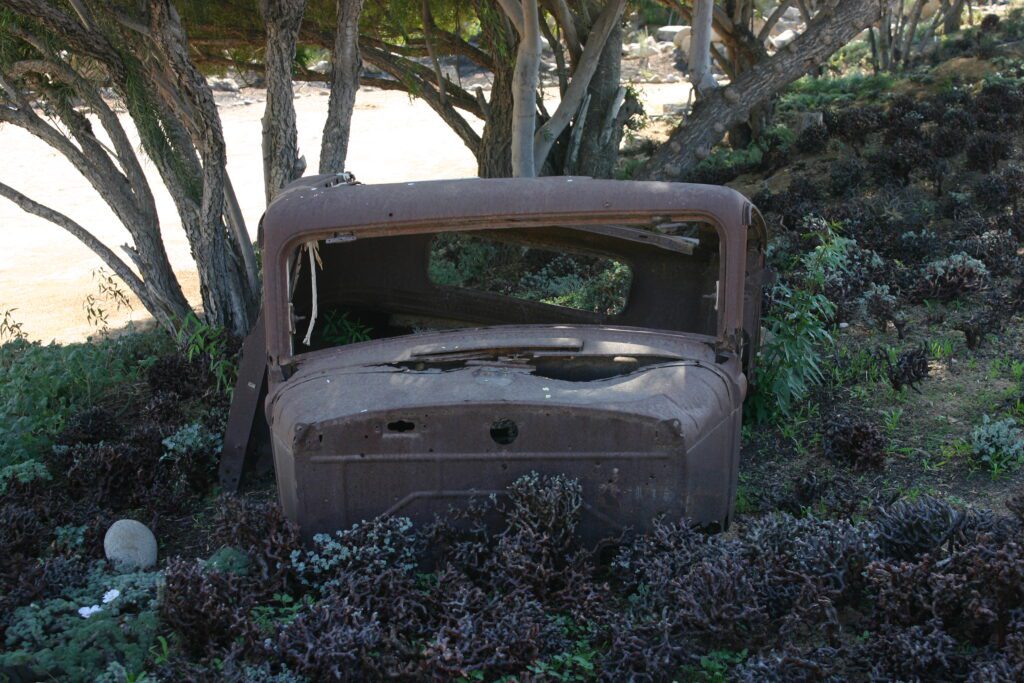






Day 7. We began the day early with the intention of seeing as much of the Park as possible, our first stop was Potjiespram campsite, as it is the closest to Sendlingsdrift. Continuing through 4 passes to our next stop De Hoop campsite, situated on the banks of the Orange River. Following the tracks along the river, we headed to Richtersberg campsite for a lunch break on the riverbank. Next, we began to traverse the park up, down and around the mountains we drove, eventually arriving at Hellskloof gate and the gravel road to Sendlingsdrift Rest Camp.


















Day 8. Departed for home with memories of an awesome trip.
Related links to this blog – Namibia Photo Exhibition – Namibia flipbook for sale – Namibia photos for sale at my Picfair store
More from the Blog Spot – Table Mountain Photo Exhibition – Matjiesfontein Blog – Tankwa Blog – Tankwa Exhibition